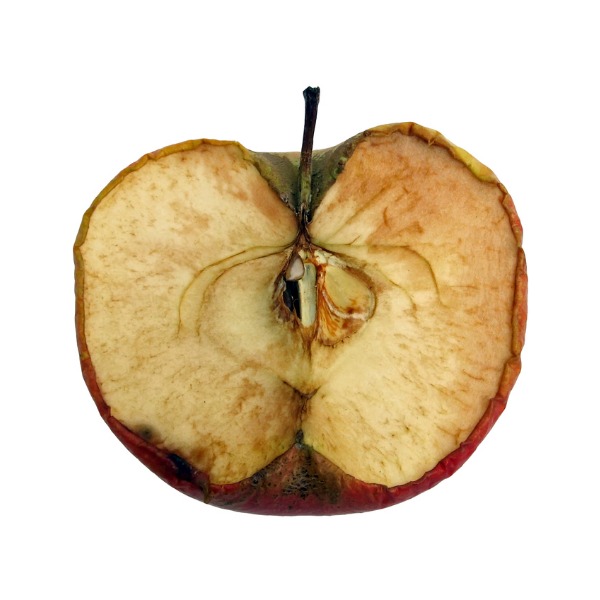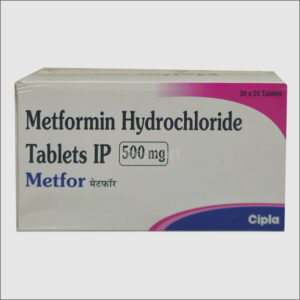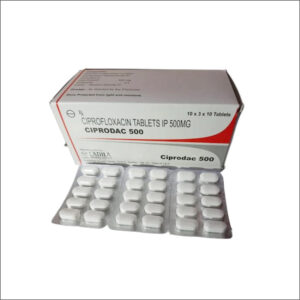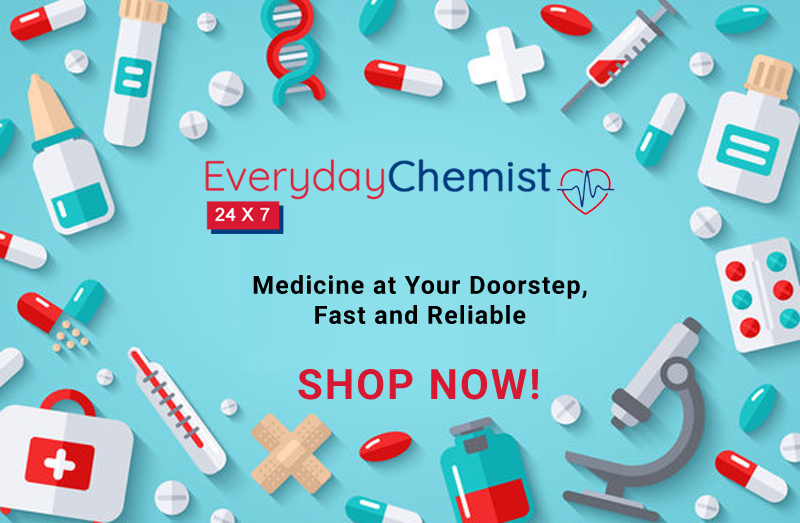Why Apples Turn Brown: Enzymatic Browning Explained
Enzymatic browning is a chemical process that occurs in many fruits, vegetables, and some seafood when they are exposed to oxygen. It results in the development of brown pigments on the surface of the food, often affecting its appearance, texture, and sometimes flavor. Although it is a natural reaction, enzymatic browning is a major concern in the food industry because it can lead to quality loss, reducing the appeal and shelf life of fresh produce.
Enzyme Polyphenol Oxidase
The process of enzymatic browning is primarily driven by the enzyme polyphenol oxidase (PPO), sometimes called tyrosinase or phenolase. When a fruit or vegetable is intact, the PPO enzyme and its natural substrates (phenolic compounds) are stored in separate compartments within the plant cells. However, when the tissue is damaged — through cutting, bruising, or biting — these compartments are broken, allowing PPO to come into contact with phenolic compounds in the presence of oxygen. The enzyme then catalyzes a series of reactions that lead to the formation of brown-colored melanins.
Sequence of enzymatic browning
The basic sequence of enzymatic browning involves three main steps:
Oxidation of Phenolic Compounds: Polyphenol oxidase converts phenolic compounds into quinones.
Polymerization of Quinones: These quinones, which are highly reactive, undergo further reactions that lead to the formation of larger, colored compounds known as melanins.
Formation of Brown Pigments: The accumulation of these melanins results in the visible browning of the food surface.

Several factors influence...
Several factors influence the rate and extent of enzymatic browning. These include:
Oxygen availability: More oxygen speeds up the browning process.
pH level: PPO works best in a slightly acidic to neutral environment (pH 5-7). Lowering the pH with acidic substances like lemon juice can slow down browning.
Temperature: High heat (such as blanching) can denature the PPO enzyme, stopping the browning reaction. Conversely, refrigeration slows down the enzyme’s activity but doesn’t completely stop it.
Metal ions: Certain metal ions like iron and copper can enhance PPO activity, promoting faster browning.
Concentration of phenolic compounds: The more phenolics present, the more substrate the enzyme has to work on, leading to more browning.
To prevent or slow enzymatic browning, several methods are commonly used:
Use of Acidulants: Adding acidic ingredients like lemon juice, vinegar, or citric acid lowers the pH and inhibits PPO activity.
Heat Treatment: Blanching fruits or vegetables briefly in hot water or steam can inactivate the PPO enzyme.
Reducing Oxygen Exposure: Covering cut produce with water or vacuum-packing it minimizes oxygen contact.
Use of Antioxidants: Substances like ascorbic acid (vitamin C) can reduce quinones back to phenolics, preventing them from forming brown pigments.
Chemical Inhibitors: Sulfites were once widely used to prevent browning, though their use has been restricted due to potential allergic reactions in some people.
Conclusion
Understanding enzymatic browning is crucial for both home cooks and food manufacturers. In everyday life, simple techniques like sprinkling lemon juice on sliced apples or quickly cooking potatoes before storage can make a big difference in maintaining the visual and sensory quality of foods.
In the broader food industry, controlling enzymatic browning is essential for producing fresh-cut fruit products, pre-prepared vegetables, and packaged salads. Innovations such as genetic engineering to create low-PPO varieties of apples (like the “Arctic Apple”) showcase how scientific advancements are being used to minimize browning while maintaining the natural taste and nutrition of foods.
In summary, enzymatic browning is a natural, enzymatic process that affects the quality of many foods. By understanding its mechanisms and factors, we can better manage and control it to preserve the appeal and safety of our food.
Our Products
-
Testosterone Enanthate
$240.00 / Per 10ml
-
Metformin 500MG
$0.80 / Per Pill
-
Cipro 500MG
$1.00 / Per Pill






